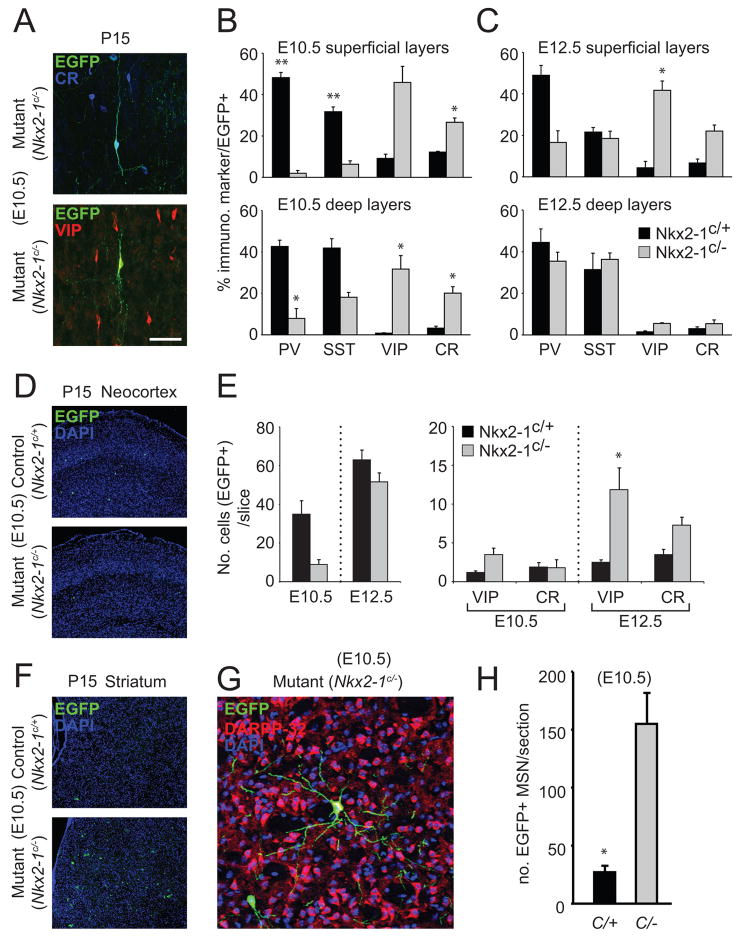Figure 4. The generation of MGE-derived interneuron subtypes is altered in both Nkx2-1E10.5LOF and Nkx2-1E12.5LOF mutant mice.
(A–C) In comparison to littermate controls, (A) the morphological and molecular profiles of cortical interneurons are altered in Nkx2-1E10.5LOF (B) and Nkx2-1E12.5LOF (C) mutant mice. In Nkx2-1E10.5LOF mutants (B) the pronounced loss of EGFP-expressing PV and Sst cells is accompanied by a proportional increase in the number of VIP- and CR-expressing interneurons. Nkx2-1E12.5LOF mutants (C) display the same shift towards VIP and CR profiles in the superficial layers (layers II, III and IV) but not in the deeper layers (layers V and VI) of cortex. Interestingly, in Nkx2-1E12.5LOF mutants the Sst population seems unaffected. (D) In Nkx2-1E10.5LOF mutants the shift in the overall molecular profile of EGFP-labeled interneurons is accompanied by a dramatic decrease in their number. However, even taking into account the reduction in the absolute numbers of genetically fate mapped cortical interneurons, there is a total net increase in the number of EGFP-labeled VIP and CR cells. This suggests that the loss of Nkx2-1 at this timepoint results in a fate switch in many of labeled MGE-derived neurons. This alteration in fate is even more apparent in Nkx2-1E12.5LOF mutants. In these mice there is a 5-fold and a 2-fold absolute increase in the numbers of EGFP-expressing VIP and CR cells, respectively. Moreover, in these same mice there is only a slight overall change in the total number of cortical interneurons. (E–G) In Nkx2-1E10.5LOF mutants where a net loss of fate mapped (EGFP+) cells destined to cortical regions is observed (E) there is a large increase in the number of EGFP-expressing neurons with morphologies, consistent with them being striatal medium spiny projections neurons. (G). These cells express DARPP-32 (F) supporting the notion tNkx2-1 is also required for the determination of the interneuron versus medium spiny projection neuron identity. Error bars in the histograms of B, C, E and H represent SEM. A single asterisk above the histogram indicates P<0.05, while two asterisks indicate P<0.01, as evaluated by a Student T-test.

